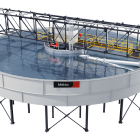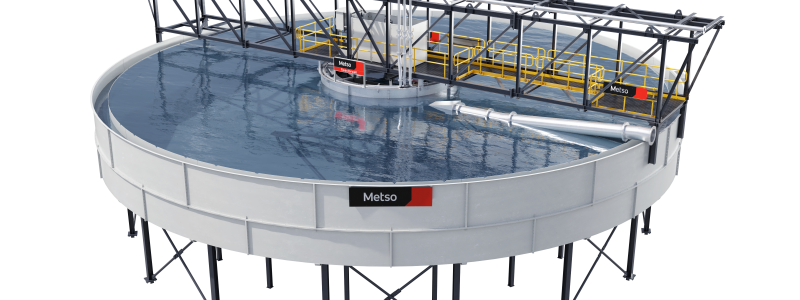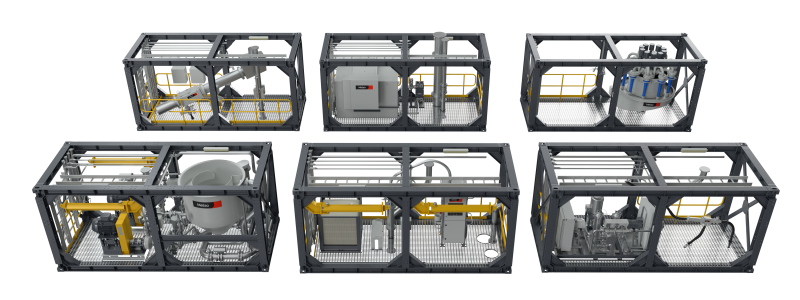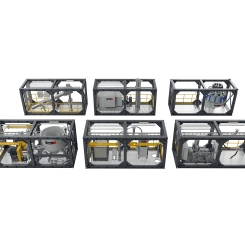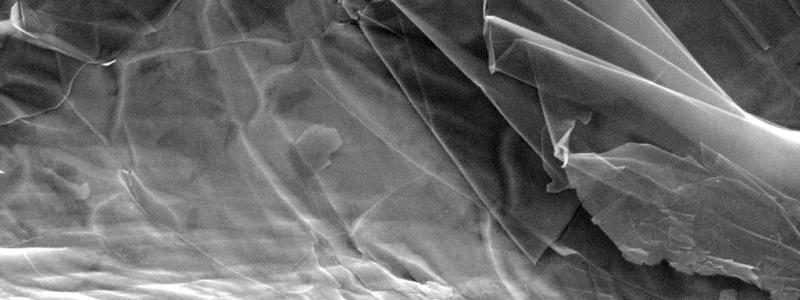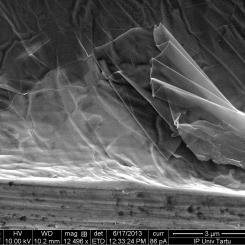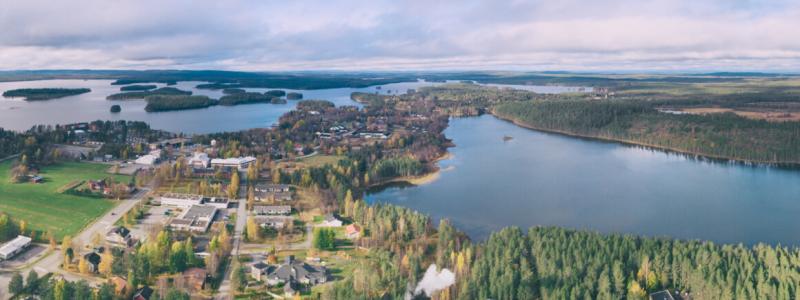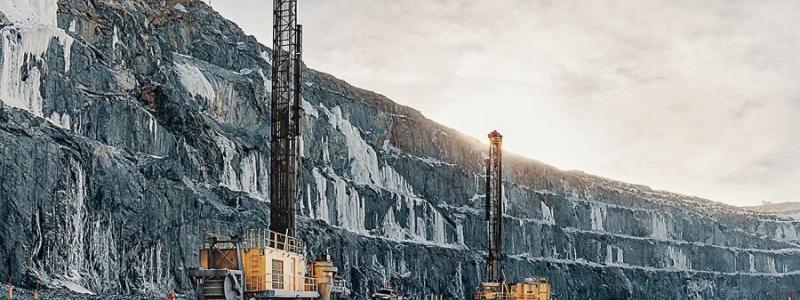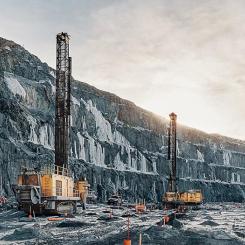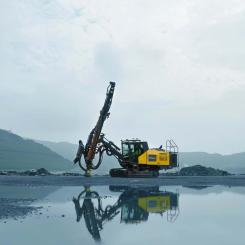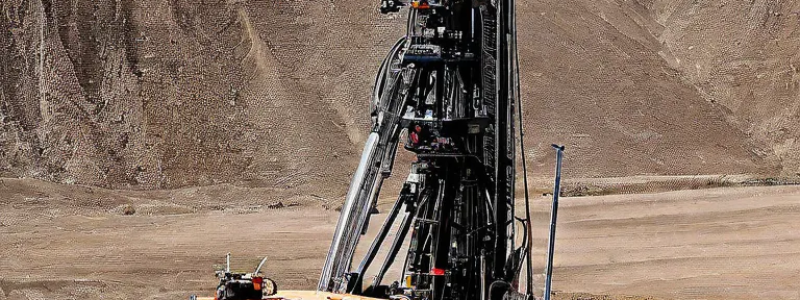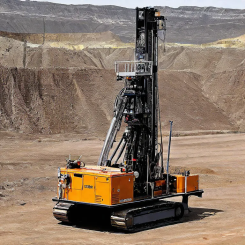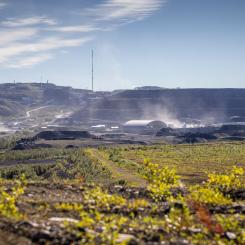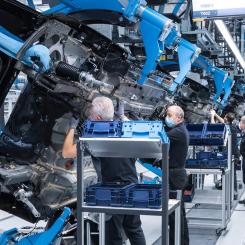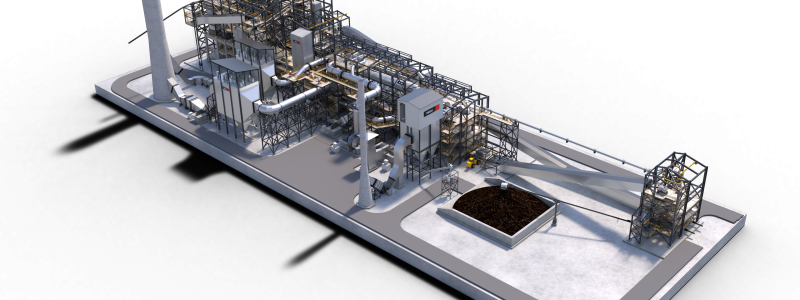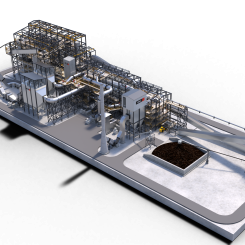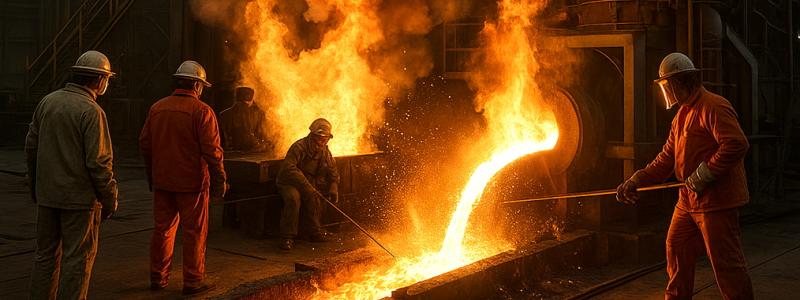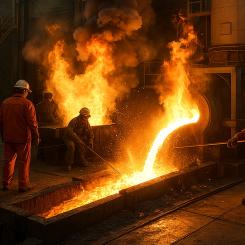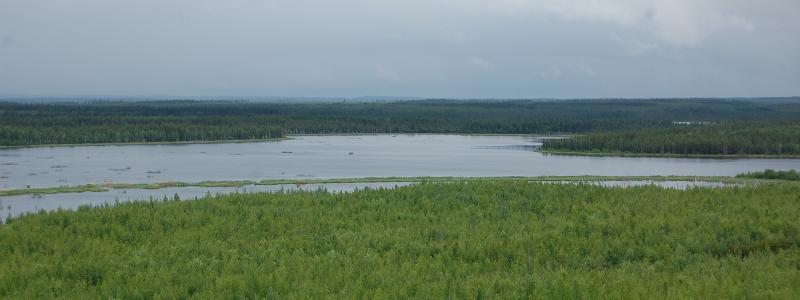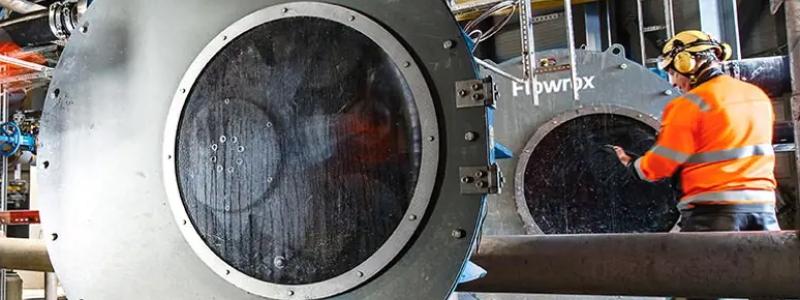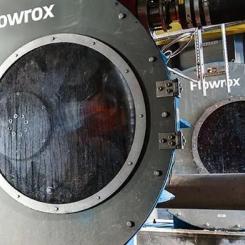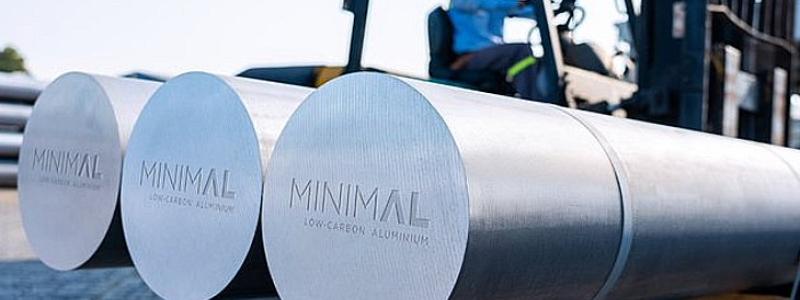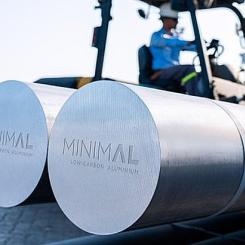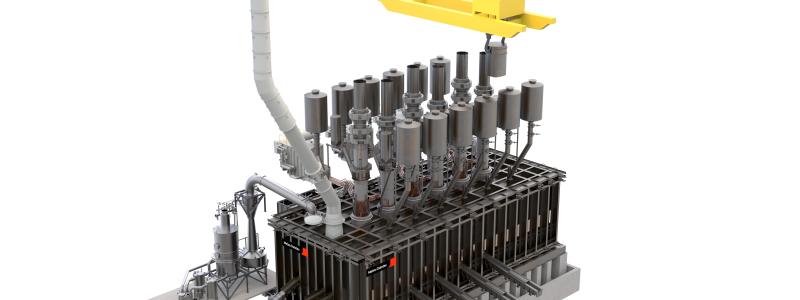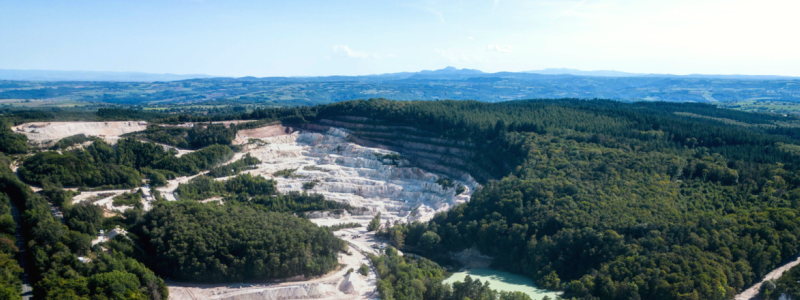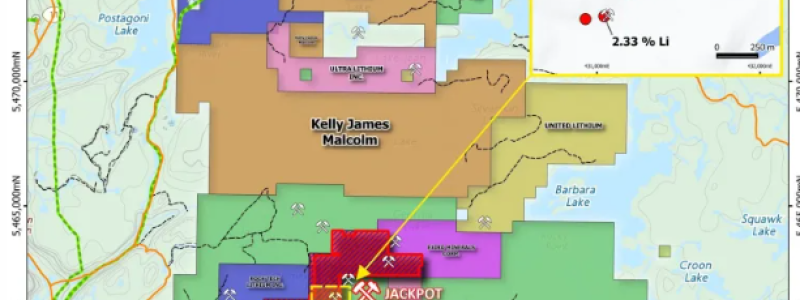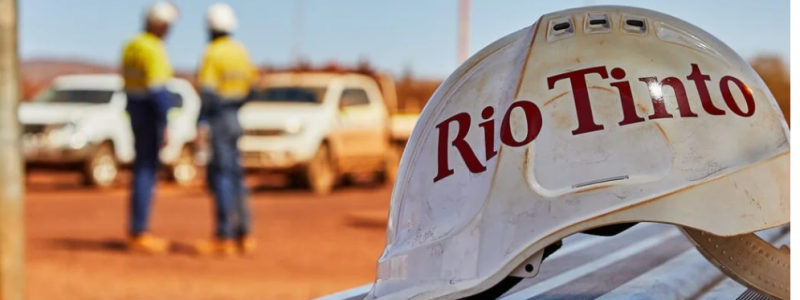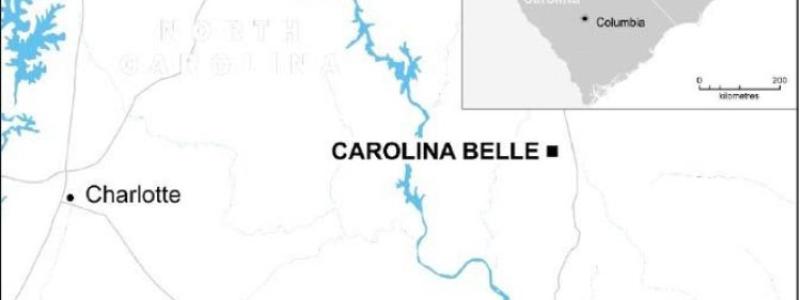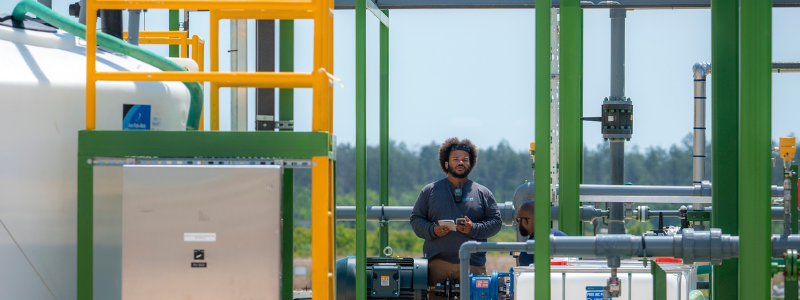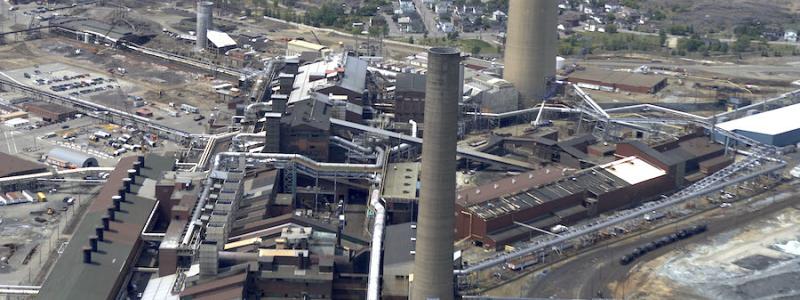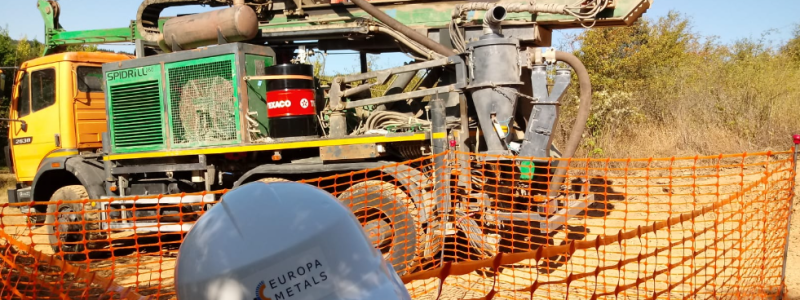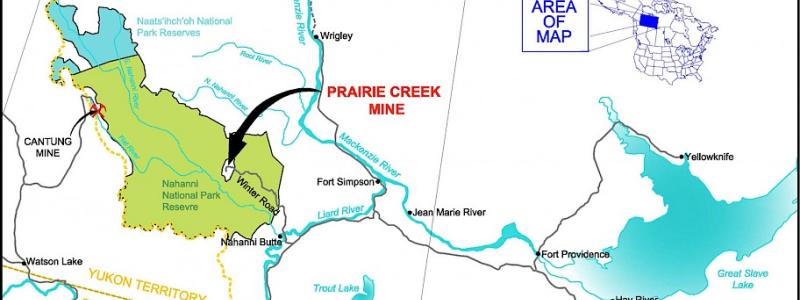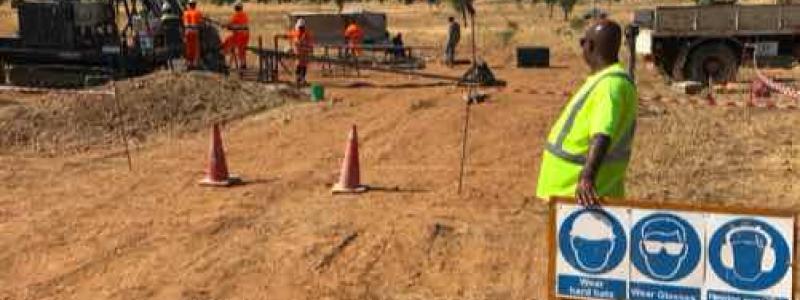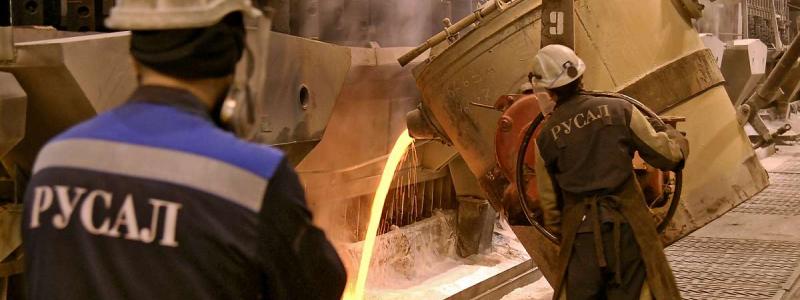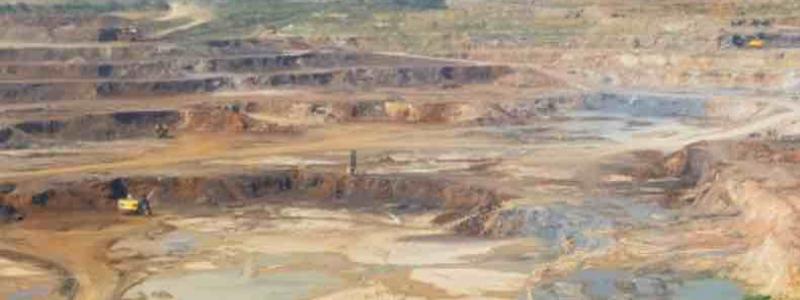Since 2011, approximately 22 domestic and foreign-owned companies have been engaged in hydraulic fracturing in Ukraine. Traditionally, Ukraine has been a significant consumer and vital transporter of natural gas produced in Russia.
Ukraine provided until recently Russia with access to the European gas markets through an extensive network of Ukrainian pipelines, guaranteeing Ukraine a continuous supply of natural gas at discounted prices. Russian gas satisfies 40 percent of Ukrainian energy demand.
Recently, Russian threats to shut off Ukraine’s natural gas supply and increase gas prices, combined with a drastic reduction in coal production in Ukraine (production declined 22.4 percent in 2014), has led to energy market instability. Ukraine has been forced to supplement its natural gas supply with product purchased from Europe. To satisfy domestic energy needs, Ukraine has begun taking major steps to reform its energy sector by reducing its energy dependence on Russian gas and seeking alternative energy sources.
In 2011, Ukraine pledged to reform its energy laws and officially joined the energy community, an international policy organization that works to extend the European Union’s energy market to South Eastern Europe and the Black Sea region. As one element in this strategy, in April 2015 Ukraine adopted its Natural Gas Market Law. This statute is designed to conform Ukraine’s natural gas pipeline infrastructure to the Energy Community standards.
The main purpose of the Natural Gas Market Law is to create a more efficient and competitive environment in the natural gas market. For example, it provides for nondiscriminatory access to gas infrastructure, in conformity with Ukraine’s commitments as a member of the Energy Community. Under the law, customers will be able to independently choose a gas supplier. Currently, a state-owned company known as “Naftogaz” extracts Ukrainian natural gas and through its subsidiaries also controls natural gas transmission and distribution.
The new law separates Naftogaz’s production and distribution activities from the transmission of natural gas. Specifically, the law provides two models for unbundling the exclusive control that Naftogaz enjoys: the Ownership Unbundling model (control of transmission is separated from distribution and production) and the Independent System Operator model (independent operators manage a transmission network owned by other companies). Ukraine has to select which model it will follow by the end of 2015. Additionally, Ukraine is working to approve a new “Energy Strategy” designed to expand alternative energy sources and increase environmental protection.
Against this backdrop, industry is showing a strong interest in Ukrainian shale gas. According to the U.S. Energy Information Administration, Ukraine has Europe’s third-largest shale gas reserves, around 128 trillion cubic feet.
But this growing industrial presence is bedeviled by a host of obstacles. At least one company has backed out of a deal to extract shale gas in Eastern Ukraine due to the threat of military action in that area. Yet setting aside this currently unstable climate, there are many other challenges to hydraulic fracturing in Ukraine.



